By Gayle Keane, U. C. Master Gardener of Napa County
For me one of the most welcome sights of spring is when my bearded iris bloom. I particularly love the combination of bright blue and lemon-yellow blossoms. But iris come in almost every color of the rainbow, even the dusky colors of autumn.
One of the perks of these plants is that they are easy guests in most gardens, and they reproduce rapidly.If your plants are not blooming as well as they have in the past, the problem could well be that they are overcrowded and need to be given some space.
For optimal blooms, iris need not only room to grow but also a minimum of six to eight hours of sun each day. They do particularly well in Napa Valley with morning sun and some afternoon shade on hot days.
The best way to give the plants more space is to divide them in the late summer or early fall. You can also divide iris in spring but it may take a full year for them to bloom again. Wait until the soil is at least 40°F to 50°F. Six to eight weeks after the plants finish blooming is the optimal moment as this will give the replanted iris time to store energy for future growth.
Always start by disinfecting and soaking your tools in one part bleach to nine parts water for 30 minutes. Then cut back the iris leaves to about one-third of their height. Remove any dead or damaged leaves. Wipe your tools with the diluted bleach after cutting any diseased leaves and when moving from one plant to another. This practice will minimize the spread of disease.
Iris rhizomes resemble a narrow, swollen potato with roots on the bottom. These tubers spread farther than the leaves which emerge from the top and look fanlike. To avoid accidentally gouging iris rhizomes, dig carefully at least six inches beyond the base of the outermost leaves. Slide a trowel under the rhizomes and lift them out of the soil. Keep rhizomes as dry as possible to avoid spreading rot and disease, but clean off as much soil as possible.
Use a knife to trim off any soft, rotten or diseased sections. Disinfect the knife after each cut. Slice the remaining healthy rhizome so that each section has a leaf fan and two or more healthy rootlets.
When planting an iris rhizome, create a small mound of soil in the center of a planting hole. Center your rhizome on your mound and spread the roots on either side of it. Firm the soil around the roots and water thoroughly.
Now you need to be patient. It may take two to three weeks for a new center fan leaf to grow.
Many gardeners plant rhizomes in groups of three, 12 to 14 inches apart, each rhizome facing outward. Closer planting produces color faster, but then you will also need to divide the clumps more often, as often as every other year.
Rhizomes can be safely left out of the ground for almost two weeks. My recommendation is to plant in groups of three with the rhizome “toes” facing inward. Space them about eight inches apart.
Until the root systems develop, newly planted rhizomes need moisture to settle in. Once established, iris only need water when the top three inches of soil dry out. Overwatering is a common mistake. It is better to water less frequently and deeply than to water more often and shallowly. I water my iris only about once a month.
While iris prefer well-drained garden beds in full sun, they are resilient. Most iris are also both deer resistant and drought tolerant. Good soil drainage is the important thing. To avoid rhizome rot, make sure the top of each division is just barely below soil level.
Food Growing Forum: Join Napa County Master Gardeners for a free Zoom forum on “Edible Flowers & Drought” on Sunday, June 13, from 3 pm to 4 pm. Register here for the Zoom link: http://ucanr.edu/2021FoodForumJune
Free Guided Tree Walk: Join Master Gardeners of Napa County for a tree walk in Fuller Park in Napa on Tuesday, July 13, from 10 a.m. to noon. Limited to 12 people per walk. COVID safety protocols will be followed. You will be asked health questions and asked to sign in. Face masks and social distancing are required. Register here.
Workshop: Napa County Master Gardeners will present a free 1-hour Library talk via Zoom on Thursday, July 1, on “Potpourri of Growing Tips and Good Practices.” Learn how to clean and store your tools, how to manage yellow jackets, and more. Register to receive the Zoom link: http://ucanr.edu/2021JulyGardenTips
Got Garden Questions? Contact our Help Desk. The team is working remotely so please submit your questions through our diagnosis form, sending any photos to mastergardeners@countyofnapa.org or leave a detailed message at 707- 253-4143. A Master Gardener will get back to you by phone or email.
For more information visit http://napamg.ucanr.edu or find us on Facebook or Instagram, UC Master Gardeners of Napa County.
Attached Images:
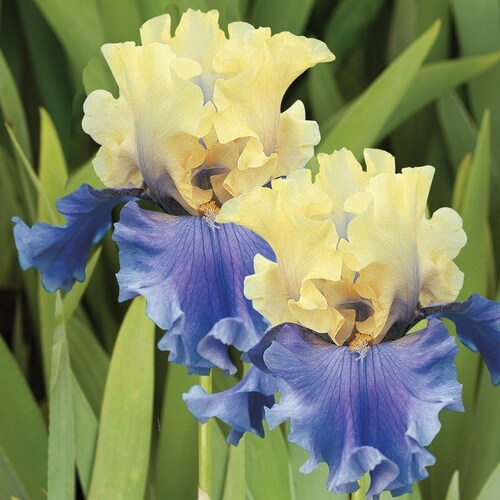
Yellow and blue. (lowes.com)
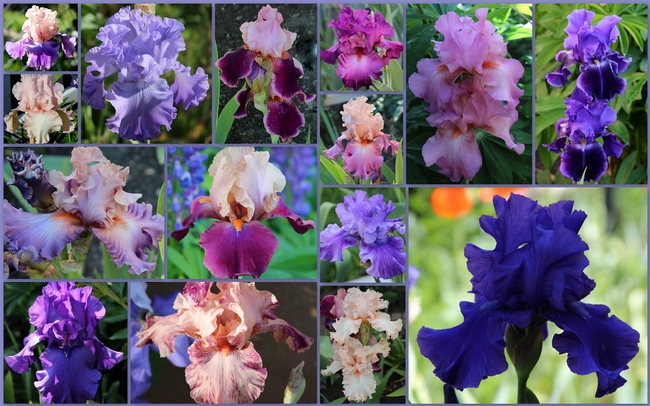
Bearded iris come in dozens of colors! (susannespicker.blogspot.com)
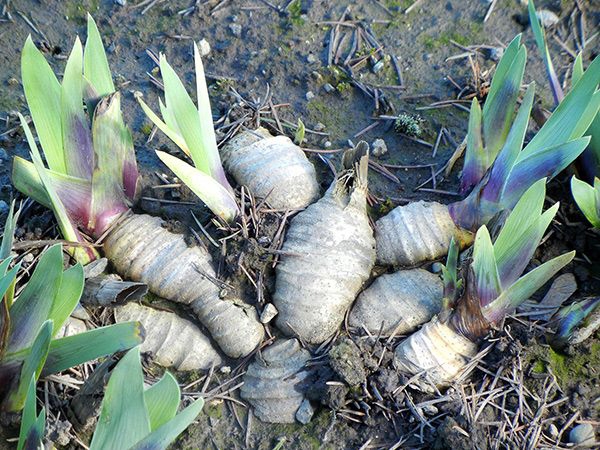
This is how the rhizomes look after several years of blooming. (healthbenefitstimes.com)

This is how the clump looks after digging up. It's ready to divide. (gardengatemagazine.com)
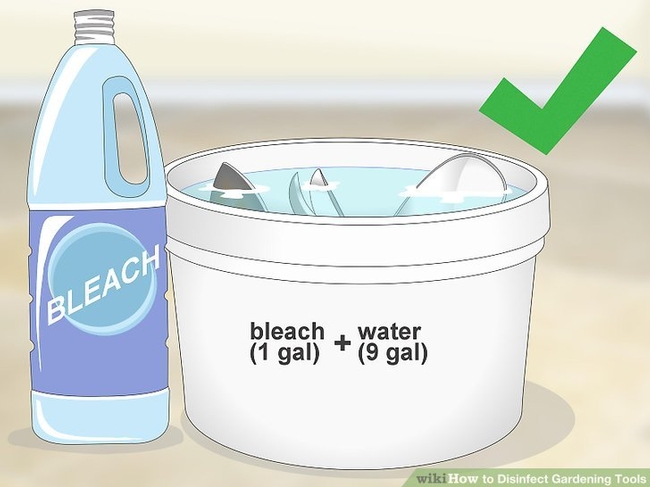
Disinfect garden tools. (wikihow.com)
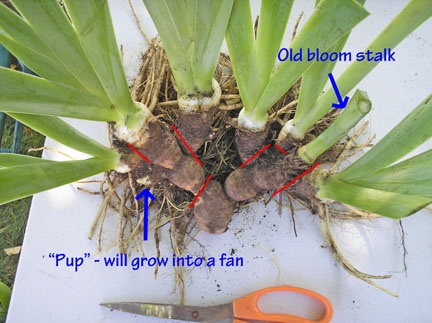
Dividing the rhizome.
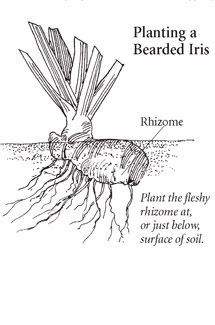
Planting the divided rhizome. (pinterest.fr)
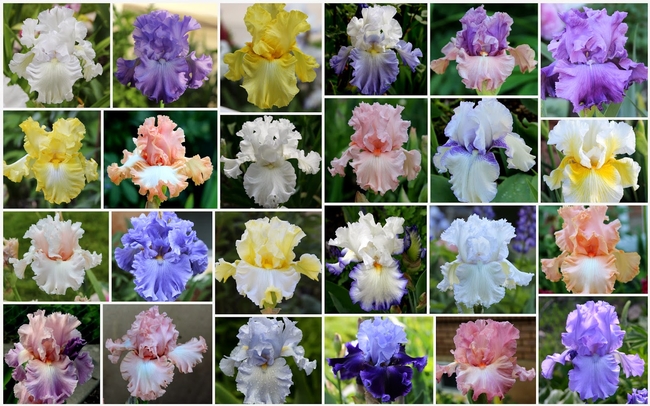
The world of bearded iris colors! (theamericanirissociety.blogspot.com)